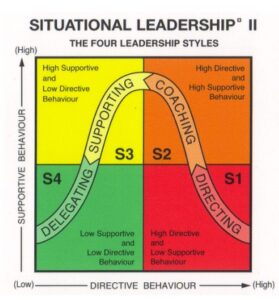
The basic idea behind Needs Based Selling is asking your customers relevant questions before making a product recommendation. These questions should be designed to uncover rational and emotional conditions that, once met, enable a successful deal for all.
Below are 4 simple pointers which will help you achieve more sales, regardless of size or audience.
1) AGREE AN AGENDA
After rapport building, it is essential that any sales call begins with an agreed agenda. Whether it is an existing customer or a potential one, the sales professional should agree an agenda with the customer. Be brave, take the initiative and start along these lines:
“Mr. customer, may I propose we talk about you – your organisation and what challenges you see. From there we can explore what we can do to support you”. How does that sound?” “Is there anything or anyone you would like to add to our conversation today”?
The smart money is on having the agenda agreed prior to your meeting.
2) ASK RELEVANT QUESTIONS
Asking relevant questions about the customer’s business should be a conversation where the customer talks more than the sales person. Good listening skills are important in any sales call, but especially in this part of the process where the customer is revealing information about themselves and their business. Here are the main key phrases to listen for:
- Our issue is …
- I need …
- I’d like to …
- It is critical we …
- We are looking for …
- We are interested in …
- We want …
- I wish …
- I hope …
- What matters is …
- It’s important to …
- We must …
These indicate emotional and rational needs and also indicate a growing level of trust and relevance between both parties.
Resisting the urge to sell may be difficult for some sales people, yet the agenda that was set at the beginning should be followed. Jumping in with a solution half way through the customer’s story is risky as not all of their needs may have been articulated. Ask questions that help the customer to prioritise, discover, and state their issues in the most concise way. Be brave and stop selling. Keep that bag of wonderful solutions firmly closed at this stage. Instead great fact-finding should reveal:
- Rational and emotional needs,
- Budget availability,
- The decision making process,
- Time frames for purchase
3) SUMMARISE
Once the customer’s needs have been clearly established, it is wise to summarise key findings. It gains agreement from the customer and you can begin to plan a perfect recommendation to solve the problem(s).
4) MAKE PERSUASIVE RECOMMENDATIONS
Your recommendation should be presented in a logical and persuasive, credible order linking back to the customer needs. Gain agreement as you proceed, overcome objections and agree a great deal for all.




